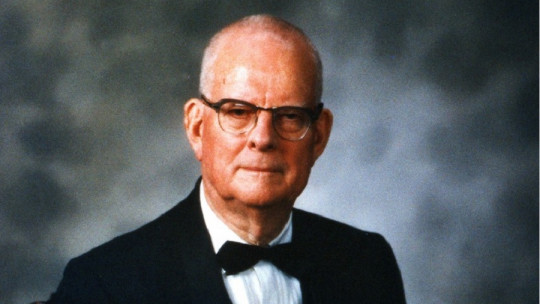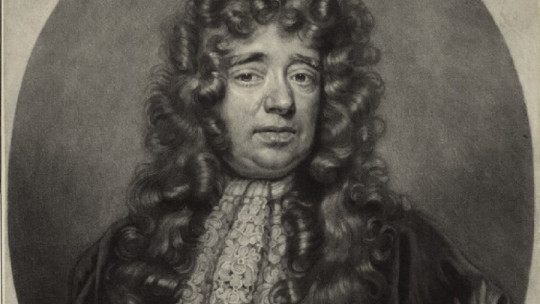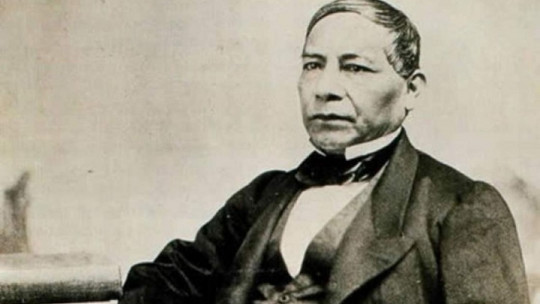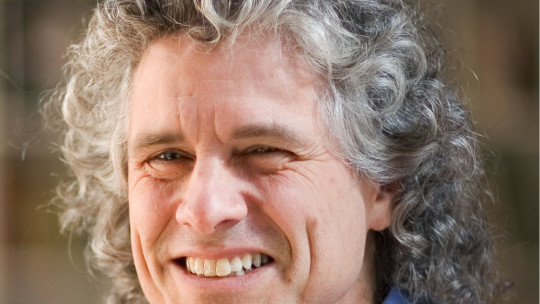There are many wars that have occurred both in the past and even today throughout history, breaking out for a large number of possible factors and reasons: from ideological conflicts to invasions caused by the search for territory or resources. In these war conflicts, a large number of losses occur, with an immense number of victims.
The intervention of external forces and professionals that help promote regeneration and restructuring at a social and economic level It can be of great help, implementing useful strategies that improve the situation of the country’s inhabitants.
An example of this is found in William Edwards Deming, one of the main ideologues who contributed to the socioeconomic recovery of Japan after the events that occurred after World War II. It is about this relevant author that we are going to talk about throughout this article, in which we are going to see a brief biography of William Edward Deming
Biography of William Edwards Deming
William Edwards Deming was born on October 14, 1900 in Sioux City, Iowa. He is the first of three siblings, children of the lawyer William Albert Deming and the musician Feather Irene Edwards.
The family had very few resources and lived in a humble home, in a precarious situation. Initially Deming and his family lived in Sioux City, later moving to a farm owned by his maternal grandfather in Camp Powell, Wyoming, something that was forced upon them by the fact of losing a lawsuit and the possibility of benefiting from the land grant that made by the government to promote agriculture.
Despite this, the farm was very unproductive and the family’s situation was difficult and they barely had anything to eat, so William Edwards Deming had to start working at the age of eight to survive. However, despite his poverty, the little boy’s parents gave great importance to educating his children, and Deming went to Powell’s school despite working at different jobs. The young man excelled in mathematics and even various teachers encouraged him to go to university.
Academic training and first years of work
When young Deming turned seventeen in 1917 He left for Laramie to enroll at the University of Wyoming, where he pursued a degree in Electrical Engineering He finished these studies in 1921, a year after his mother died.
A year later he married Agnes Bell, with whom he would have a daughter. Subsequently He completed a master’s degree in Physics and Mathematics at the University of Colorado and after that a doctorate in Physics at Yale University , in 1928, with the thesis “A Possible Explanation of the Packing Effect of Helium”. At the latter university he was hired as a part-time professor.
In ’27 he was hired by the Washington Department of Agriculture and the United States Census Bureau, where he served as a statistical advisor. During his exercise in such work he discovered different procedures proposed by Walter Shewhart, which would be the basis of many of his later ideas. He taught at the USDA Graduate School, and wrote multiple articles and publications
Unfortunately three years later his wife died, and during that same year so did his father. Until 1932 he did not rebuild his love life again, marrying Lola Elizabeth Shupe, with whom he would have two more daughters.
World War II and its role in Japan’s recovery
During the first moments of World War II, he was commissioned to increase the quality of the army’s weapons, during the beginning of the First World War. In 1935 he began working as a professor of mathematics and statistics at the USDA Graduate School, while continuing to study statistical methodologies proposed by great professionals in the sector.
He retired from the Administration in 1946, to become a consultant and professor of statistics at New York University. That same year he was sent to Japan to study agricultural production and the problems derived from the damage generated during the war, a trip in which he would make numerous contacts interested in his theories (which had not been excessively taken into account in the United States).
Later in 1950 he would be contacted and give numerous seminars in Japan regarding statistical control. training a large number of professionals in statistical process control and total quality management
These lectures were transcribed and sold, enjoying enormous success. Although they wanted to pay him the copyright, Deming decided to reject it and instead propose using what they had given him to generate an award for exemplary companies (the Deming award, today one of the most relevant for Japanese companies). His theories and methods began to be applied quickly, something that contributed enormously to changing the economy and mentality of the country : the need to control the quality of processes and materials and to generate plans that help manage it without waste. He also developed multiple principles and obstacles that served to promote the control of said quality.
Prestige and homecoming
After his time in Japan, William Edwards Deming’s popularity increased greatly, holding multiple conferences in different parts of the world and a large number of publications.
The ideas that helped improve the Japanese economy, and that until their passage through the country had not been valued in their country of origin, also They began to be reviewed and applied in the United States In 1975 Deming retired from teaching, but continued to publish publications of great international prestige. He also received a host of awards and honors, including the National Medal of Technology, as well as honorary doctorates from multiple universities.
Death
Death came to William Edward Deming on December 20, 1933, precisely the same year he founded the W. Edward Deming Institute. His death occurred in the city of Washington DC
The role of this important statistician, mathematician, professor and consultant was enormous throughout his life , and even lasts beyond his death. His methods and principles are still valid in Japanese society and have been successfully applied in other parts of the world, still very useful in the world of management.









